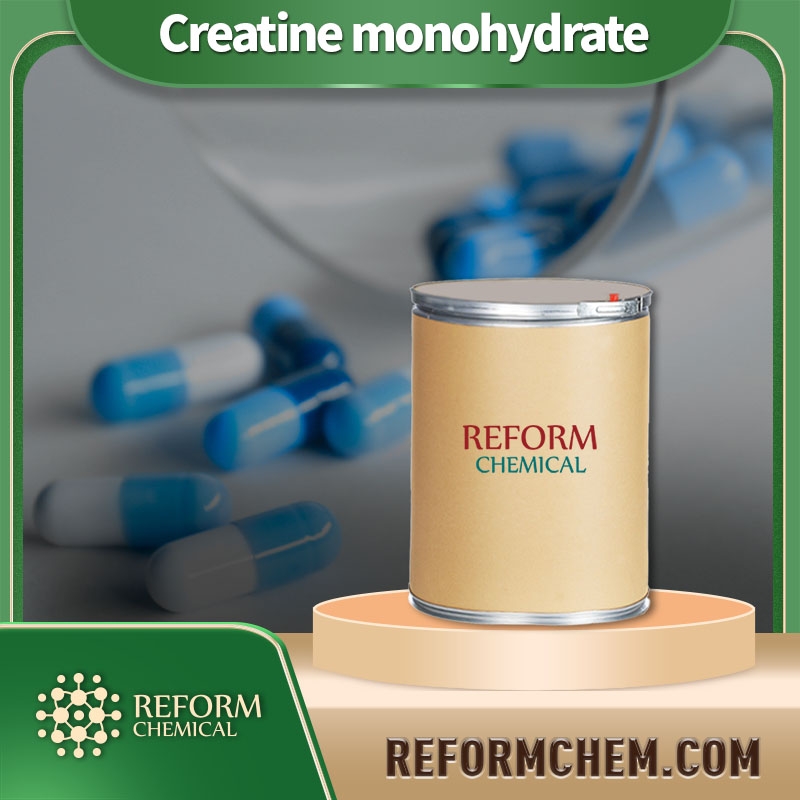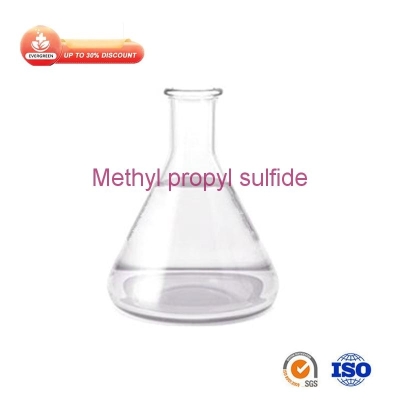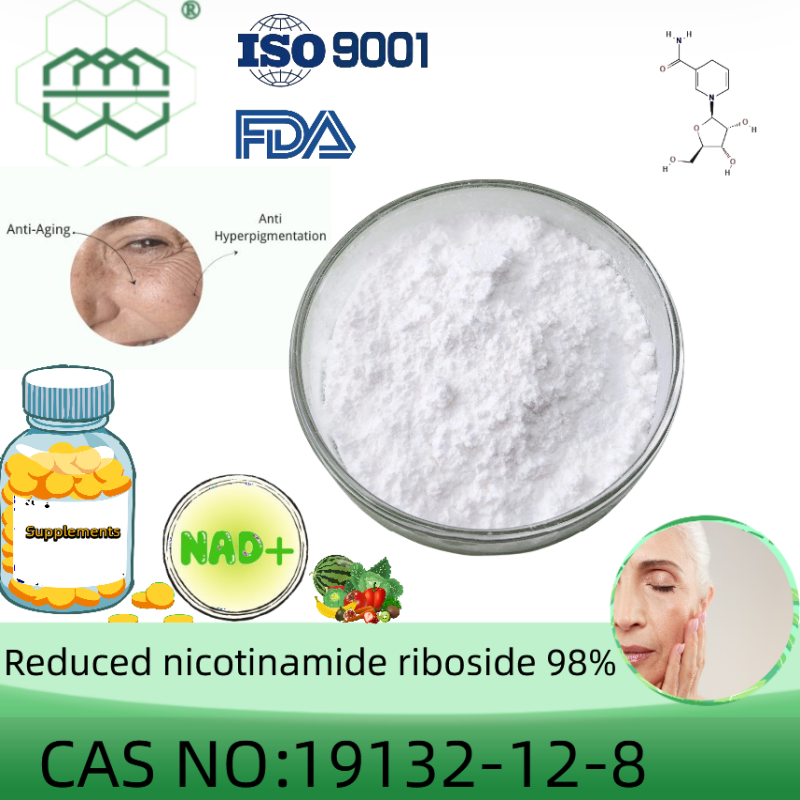What is conjugated linoleic acid
-
Last Update: 2019-12-11
-
Source: Internet
-
Author: User
Search more information of high quality chemicals, good prices and reliable suppliers, visit
www.echemi.com
Introduction: conjugated linoleic acid is a kind of naturally produced unsaturated fatty acid, which can be found in many foods What is conjugated linoleic acid? Let's take a look at it together with the small edition Linoleic acid is one of the many fatty acids that make up fat Linoleic acid is not only one of the essential fatty acids of human beings and animals, but also a substance that human beings and animals cannot synthesize It must be taken from food So what is conjugated linoleic acid? Let's learn about it together with the small edition of Baibai safety net Conjugated linoleic acid is composed of a series of conjugated double bonds containing carbon 9, 10 and 11, and octadecadienoic acid with position and geometric isomerism Among these three positional isomers, there may be the following conformations: CIS (CC), anti trans (TT), and anti CIS (TC) However, considering the energy, it is beneficial to form trans conformation, so the double bond after migration is mainly trans conformation C-9, T-11 and T-10, C-12 isomers (Fig 1) are the two most abundant isomers Due to the specific transformation of linoleic acid into C-9, T-11 isomer by linoleic isomerase, the isomer with biological activity may be C-9, t-11cla Conjugated linoleic acid has a characteristic absorption peak at 234nm in the UV region, while linoleic acid has no absorption peak Therefore, the presence and content of CLA are often detected at this wavelength CLA has absorption peaks in the infrared region of 900-1000cm-1 For example, there are two absorption peaks (= C-H out of plane deformation and torsion) in the CIS trans conjugation region of 985cm-1 and 950cm-1 The content of various isomers can be measured The common derivatization methods are as follows: tetrahydropyrrole derivatives and methylpyridine derivatives are formed, the main fragments generated contain the double bond closest to the carboxyl group, but the remote double bond cannot be detected; 4,4-dimethylzolidine derivatives are formed, which can detect all the double bonds on the fatty acid, and can be used to detect the number and position of the double bond on the carbon chain The gas chromatography / mass spectrometry (GC / MS) method generally uses BPX-70 (fused silica gel capillary column) or sp2380 capillary polar column to separate and detect the isomers of conjugated linoleic acid The main sources of conjugated linoleic acid: 1 Natural CLA is mainly found in rumen animal milk fat and meat products, such as cattle, sheep, etc the content of CLA varies from 2 to 25mg per gram of milk fat, and the content of CLA increases with the age of cows The formation of CLA is mainly due to the conversion of linoleic acid to CLA by anaerobic Vibrio fibrinolyticus linoleic isomerase in ruminant intestines, and mainly to cis-9, trans-11 isomers with biological activity CLA is also present in small amounts in tissues, blood and body fluids of other animals CLA was also found in human milk 2 Artificial synthesis: CLA can be synthesized by alkali catalyzed isomerization with linoleic acid or linoleic acid rich vegetable oil as substrate CLA is a mixture of many isomers, including CIS trans, trans cis isomers and a small amount of CIS CIS CIS, trans trans trans isomers The content of cis-9, trans-11, trnas-10 and cis-12 isomers is more than 50%, and the content of non CLA is less than 1% The above is the content introduction of conjugated linoleic acid If you need to know more about conjugated linoleic acid, please continue to pay attention to the food safety common sense column of Baibai safety net Editor in charge: Wang Xiaoli
This article is an English version of an article which is originally in the Chinese language on echemi.com and is provided for information purposes only.
This website makes no representation or warranty of any kind, either expressed or implied, as to the accuracy, completeness ownership or reliability of
the article or any translations thereof. If you have any concerns or complaints relating to the article, please send an email, providing a detailed
description of the concern or complaint, to
service@echemi.com. A staff member will contact you within 5 working days. Once verified, infringing content
will be removed immediately.







